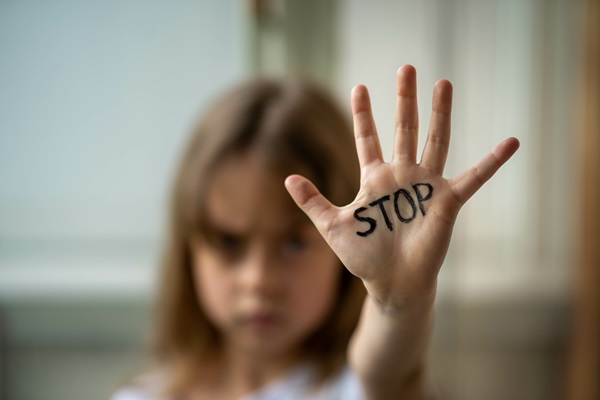No room for violence in schools

A holistic approach to protecting vulnerable pupils
Violence against children in schools can include physical harm, cyberbullying and other forms of online violence, and bullying based on race, intolerance or gender. Girls, members of LGBTIQ+, ethnic minorities and disability groups are disproportionately affected by this problem, which can have negative effects on their development, mental, emotional and physical health, and academic performance.
The NESET paper, Achieving Student Well-being for All: Educational Contexts Free of Violence emphasises how critical it is to provide a secure, welcoming and caring learning environment. In parallel, it stresses the serious problem of violence against children in schools. To tackle violent behaviour, the initiatives presented highlight the need for a coordinated effort by communities, health services, education and child protection systems. Promoting unity and ethical conduct among pupils is essential to creating a safer learning environment.
Protecting children from violence is one of the key objectives of the EU strategy on the rights of the child, including a policy network to reinforce cooperation with Member States.
Promoting a school culture free of violence
Many schools already apply early intervention with an emphasis on non-violent principles from a young age. For example, a school in Sansomendi, Spain created the concept of ‘Brave’s Club’ to spread a positive school atmosphere and violence-free attitude throughout the whole school. Another Spanish school in Terrassa, managed to reduce aggressive behaviour through ‘learning communities’ and parental involvement for the benefit of the whole school and wider community.
The Danish Ministry of Education has produced guidelines for schools to prevent and deal with violence and threats. The guidelines – including recommendations, tools and materials – are meant to promote awareness and openness around issues of physical aggression.
Further reading
Additional information
-
Education type:School Education
-
Target audience:TeacherStudent TeacherHead Teacher / PrincipalSchool PsychologistTeacher EducatorGovernment / policy makerResearcherParent / Guardian
-
Target audience ISCED:Primary education (ISCED 1)Lower secondary education (ISCED 2)Upper secondary education (ISCED 3)
